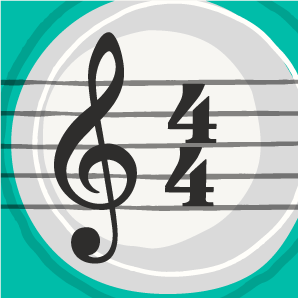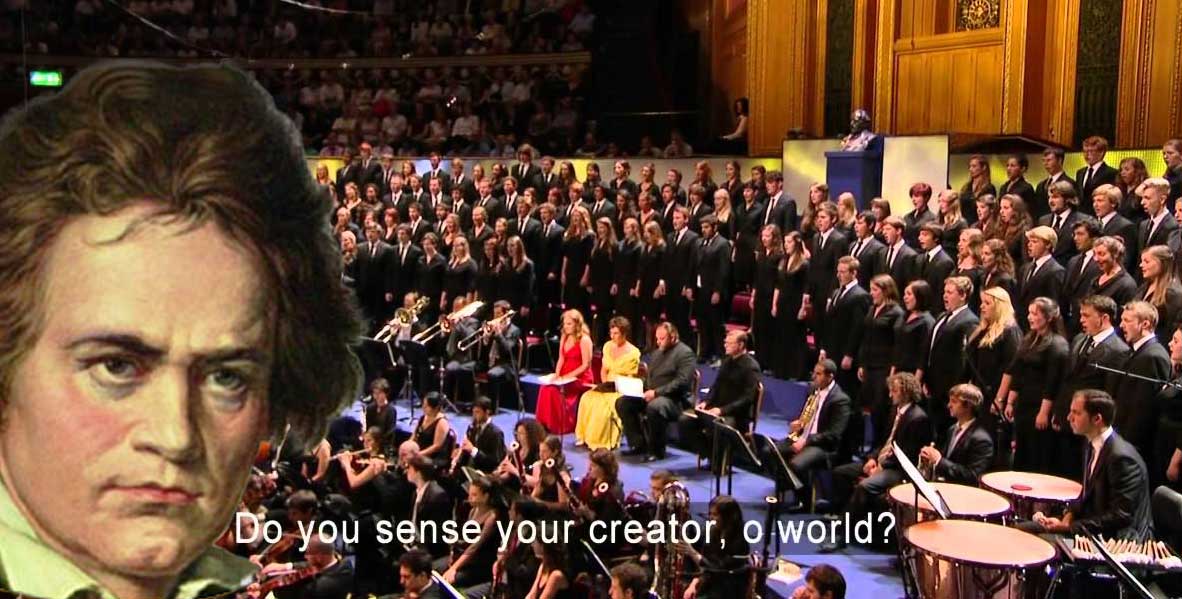Beethoven, Ludwig van - Ode to Joy - Theme from Symphony No.9
Free Sheet music for Piano Trio
Download Score PDF
(8notes Premium)
Standard Parts
ViolinCelloPianoParts in Alternative Keys
Violin (D)Cello (D)Piano (D)Violin (G)Cello (G)Request Additional Parts Request Large Note Part Request Part with Chords
Arrangements of this piece also available for:
- 2-Violins-Cello
- Accordion
- Alto Sax Quartet
- Alto Saxophone Duet
- Baritone Saxophone
- Bassoon
- Bassoon Quartet
- Brass quartet
- Cello
- Cello Duet
- Cello Quartet
- Choir (SATB)
- Clarinet
- Clarinet Duet
- Clarinet Quartet
- Clarinet-Violin Duet
- Classroom
- Double Bass
- Double Bass Duet
- Flexible Brass (4)
- Flexible Brass (6)
- Flexible (4+Pn)
- Flexible Mixed (4)
- Flexible Mixed (6) (Sharp key version)
- Flexible Mixed (6)
- Flexible Unison
- Flute
- Flute Duet
- Flute Quartet
- Flute-Cello Duet
- Flute-Clarinet Duet
- Guitar
- Keyboard (Melody & Chords)
- Mixed
- Oboe
- Orchestra (Amateur Orchestra)
- Percussion (Glockenspiel)
- Piano (Beginners)
- Piano
- Piano Duet
- Piano Duet (Beginner)
- Piano Quartet
- Recorder - Soprano (Descant)
- Recorder Duet
- Saxophone (Alto)
- Saxophone Quartet
- Soprano Saxophone
- String Quartet
- String Trio
- Tenor Saxophone
- Trombone
- Trumpet
- Trumpet Duet
- Ukulele
- Ukulele Lead Sheets
- Viola
- Viola Duet
- Violin
- Violin Duet
- Violin Quartet
- Violin-Flute Duet
- Violin-Viola Duet
- Voice
- Wind Band
- Wind Quartet
Request New Version
About 'Ode to Joy - Theme from Symphony No.9'
Artist:
Born:
15/16 December 1770
, Bonn
Died:
26 March 1827
, Vienna
The Artist:
One of the greatest and most radical composers of all time. A tormented genius, who went deaf in later life and never heard his final works. His nine symphones are probably his greatest achievement, each one an unrivalved masterpiece, but he also wrote 5 piano concertos, piano sonatas, string quartets and one opera, Fidelio.
Composed:
1823
Info:
This famous melody comes from the final movement of Beethoven's "Choral" Symphony No.9 in d minor, Op.125. It is a setting for choir and orchestra of the German poet Schiller's 1785 poem An die Freude . The Ode to Joy was adopted as Europe's anthem by the Council of Europe in 1972.
The first lines read:
Oh friends, no more of these sad tones!
Let us rather raise our voices together
In more pleasant and joyful tones.
Joy!
The first lines read:
Oh friends, no more of these sad tones!
Let us rather raise our voices together
In more pleasant and joyful tones.
Joy!
Time Signature:
4/4 ( View more 4/4 Music)
View more 4/4 Music)
Duration:
1:04
Tempo Marking:
Score Key:
A major (Sounding Pitch) ( View more A major Music for Piano Trio )
View more A major Music for Piano Trio )
Number of Pages:
2
Difficulty:
Easy Level: Recommended for Beginners with some playing experience
Instrument:
Style:
Copyright:
© Copyright 2000-2024 Red Balloon Technology Ltd (8notes.com)
This piece is included in the following :


Pieces in 4-4 Time Signature











